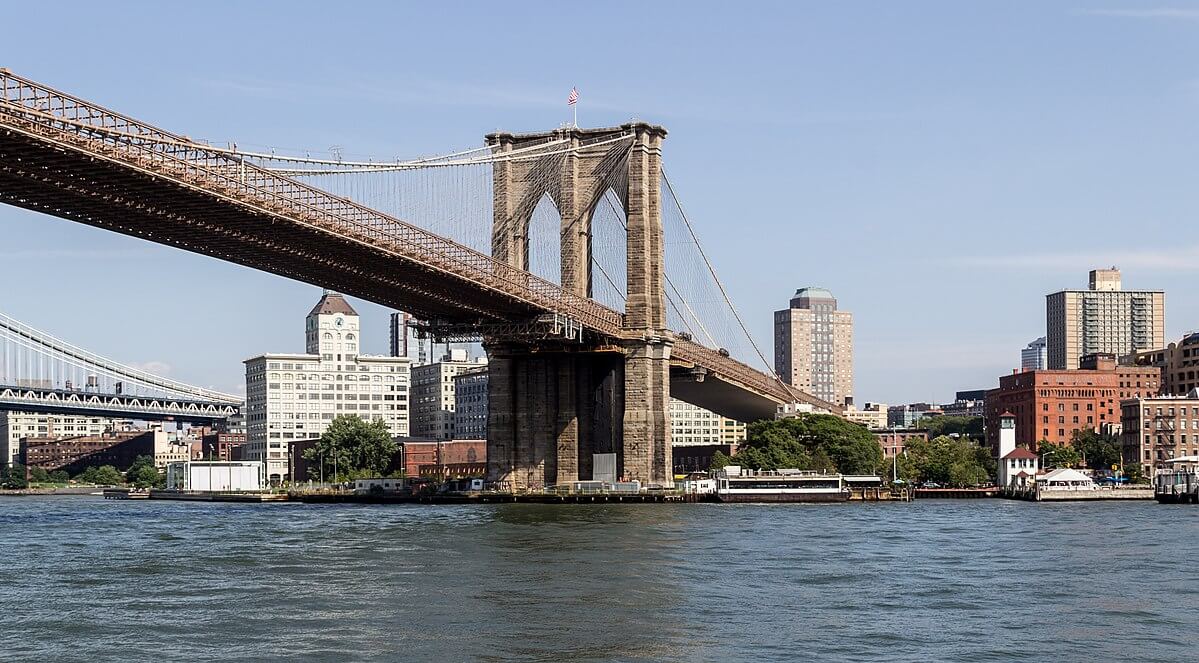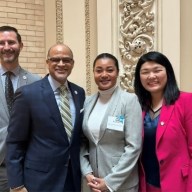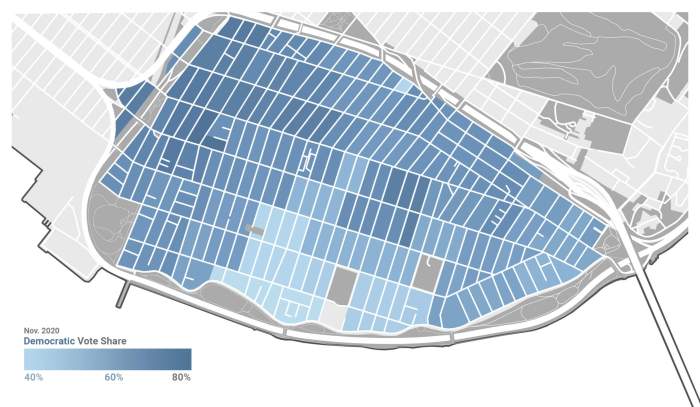A judge on Friday ruled that the State Assembly district maps drawn up by Albany Democrats earlier this year are unconstitutional and should be redrawn, but the present maps will remain in effect for the June 28 primary and November general election this year.
The ruling was signed by Susanna Molina Rojas, the chief clerk of the Manhattan Supreme Court Appellate Division, and notes that the districts will have to be redrawn in time for the 2024 election, but that the unconstitutional maps will still have to be used for the June 28 primary because there simply is not enough time to redraw the maps in this cycle, and delaying the primary is no longer feasible.
The decision in Nichols v. Hochul throws yet another curveball into the state’s eminently chaotic redistricting process this year. It follows a different court ruling in April that the Congress and State Senate maps drawn up in Albany were unconstitutional gerrymanders, with new district lines ordered to be drawn by a “Special Master” that have turned this year’s elections, and the city’s political status quo, upside-down.
Albany Democrats, who hold supermajorities in both the Assembly and Senate, took on the task of drawing up new legislative maps for the coming decade after the bipartisan Independent Redistricting Commission failed to come to a consensus.
The Congressional and State Senate districts approved by the Legislature and Governor significantly redrew political boundaries, which a Steuben County judge agreed were done to entrench Democratic electoral power, but the Assembly lines were left untouched as they had already largely been gerrymandered in Democrats’ favor for a number of cycles.
Plaintiffs sued to block the Assembly lines soon after the ruling dropped on the Congressional and Senate lines, citing the court’s decision in that case as precedent. But the ruling signed by Molina Rojas, which ordered the matter sent back to Manhattan Supreme Court Judge Laurence Love to determine how to draw new lines, does not mention the word “gerrymandering,” instead only referring to “procedural infirmities” in the redistricting process. Specifically, it affirms that the Legislature did not have the right to draw and enact maps in the first place after the IRC failed to reach consensus.
“The issue was over the ability of the Legislature to enact the legislative plan in the first place,” said Jeff Wice, a professor at New York Law School and an expert on redistricting. “It did not involve the lines themselves as being partisanly gerrymandered or violating any other criteria. It was purely procedural.”
The government can still appeal the ruling to the state’s top court, the Court of Appeals, but Wice noted that could be a precarious suit given the court already invalidated the other maps drawn in the same process. The plaintiffs could also feasibly appeal the ruling to attempt to move back the Assembly primary and implement new maps immediately.
The ruling won’t impact current Assembly campaigns running in this month’s primary, but the potential for new maps will likely remain in the back of mind for New York’s sprawling political class.
Voters will also cast primary ballots on June 28 for governor and other statewide offices, plus hyperlocal offices like District Leader and Judicial Delegate. The Congressional and State Senate primaries will take place on August 23.
A spokesperson for Gov. Kathy Hochul said that her office is reviewing the decision. Assembly Speaker Carl Heastie did not immediately respond to a request for comment.





















